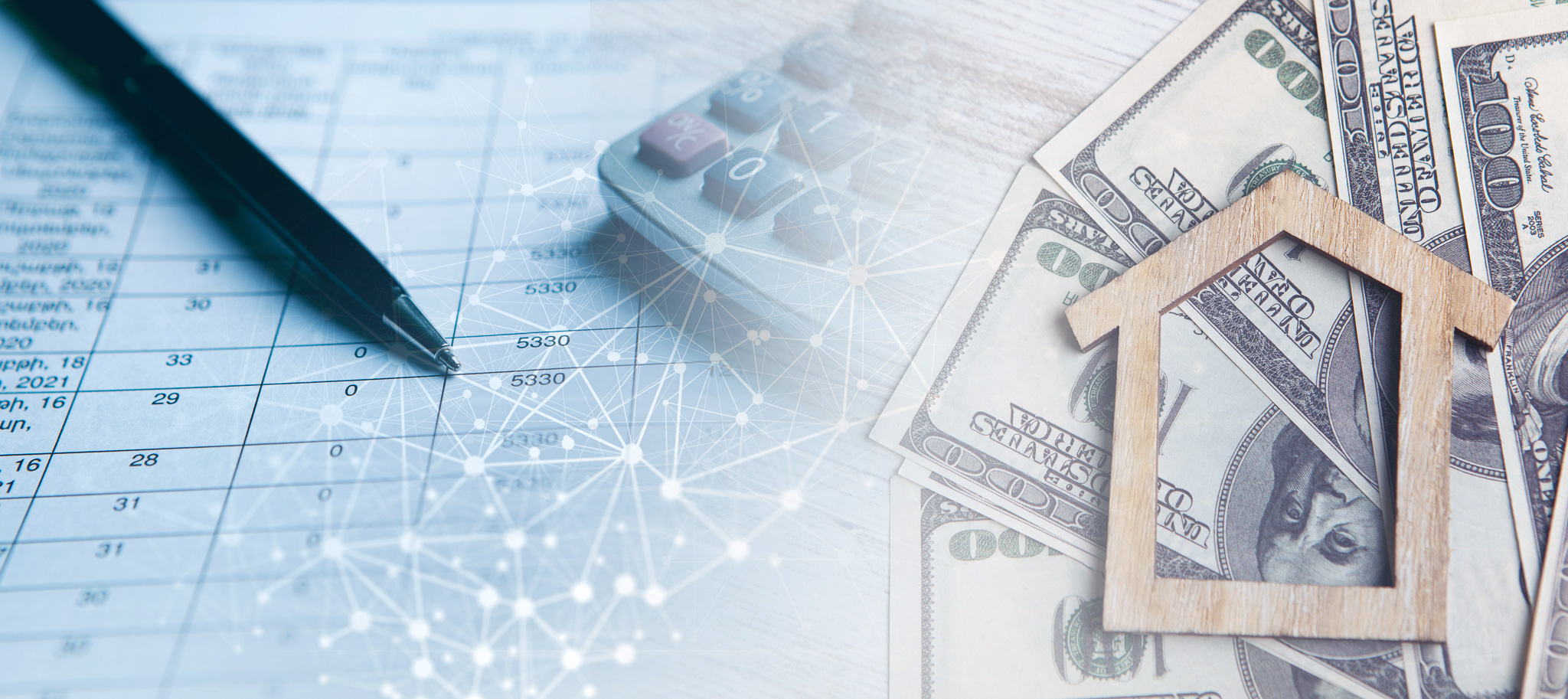Buying a house is one of your most significant financial commitments. As you’re a first-time buyer, the process can be overwhelming. Budgeting properly ensures you can afford your new home without compromising your financial stability. Here’s a comprehensive guide to effectively help you budget for your first house.
- Assess Your Financial Situation
1. Evaluate Your Income:
- Calculate your total monthly income, including salary, bonuses, and any other sources of revenue. This will give you a clear picture of what you can afford.
2. Review Your Expenses:
- List all your current expenses, including rent, utilities, groceries, transportation, entertainment, and debt payments. This will help you understand how much you can allocate to a mortgage.
3. Check Your Credit Score:
- Your credit score significantly affects your mortgage interest rate and loan eligibility. Obtain a free credit report and check your score. Aim for a score of 620 or higher for better mortgage rates.
- Determine Your Budget
1. Calculate Your Down Payment:
- A higher down payment reduces monthly mortgage payments and may eliminate the need for private mortgage insurance (PMI). Aim for at least 20% of the home’s purchase price.
2. Factor in Additional Costs:
- Home buying involves more than just the down payment. Include closing costs (2-5% of the home price), moving expenses, and home inspection fees in your budget.
3. Use the 28/36 Rule:
- Financial experts recommend that your monthly mortgage payment not exceed 28% of your gross monthly income and your total debt payments not exceed 36%. This rule helps ensure that your housing costs are manageable.
- Save for a Down Payment
1. Set a Savings Goal:
- Based on your budget, determine how much you need to save for your down payment and other upfront costs. Set a target amount and timeline for your savings.
2. Cut Unnecessary Expenses:
- Review your expenses and identify areas where you can cut back, such as dining out, subscriptions, and entertainment. Redirect these funds to your down payment savings.
3. Automate Your Savings:
- Set up automatic transfers from your checking account to a dedicated savings account. This ensures consistent savings without the temptation to spend.Get Pre-Approved for a Mortgage
1. Research Lenders:
- Compare mortgage lenders to find the best interest rates and terms. Look for lenders that offer pre-approval, which gives you a clearer idea of how much you can borrow.
2. Gather Necessary Documents:
- Prepare tax returns, pay stubs, bank statements, and debt information. These are required for the pre-approval process.
3. Understand Loan Options:
- Learn about different mortgage options like fixed-rate, adjustable-rate, FHA, VA, and USDA loans. Choose one that fits your financial situation and long-term plans.
- Plan for Ongoing Expenses
1. Monthly Mortgage Payments:
- Your mortgage payment includes principal, interest, taxes, and insurance (PITI). Ensure you budget for the total amount.
2. Home Maintenance:
- Set aside funds for regular maintenance and unexpected repairs. A common rule of thumb is to budget 1-3% of the home’s value for maintenance.
3. Utilities and Other Costs:
- Account for utilities, homeowners association (HOA) fees, and other recurring homeownership expenses.
Conclusion
Budgeting for a house as a first-time buyer requires careful planning and discipline. By evaluating your financial situation, setting a realistic budget, saving diligently, and understanding your mortgage options, you can make informed decisions and enjoy the journey to homeownership. Remember, a well-thought-out budget helps you buy a home and ensures long-term financial stability.









